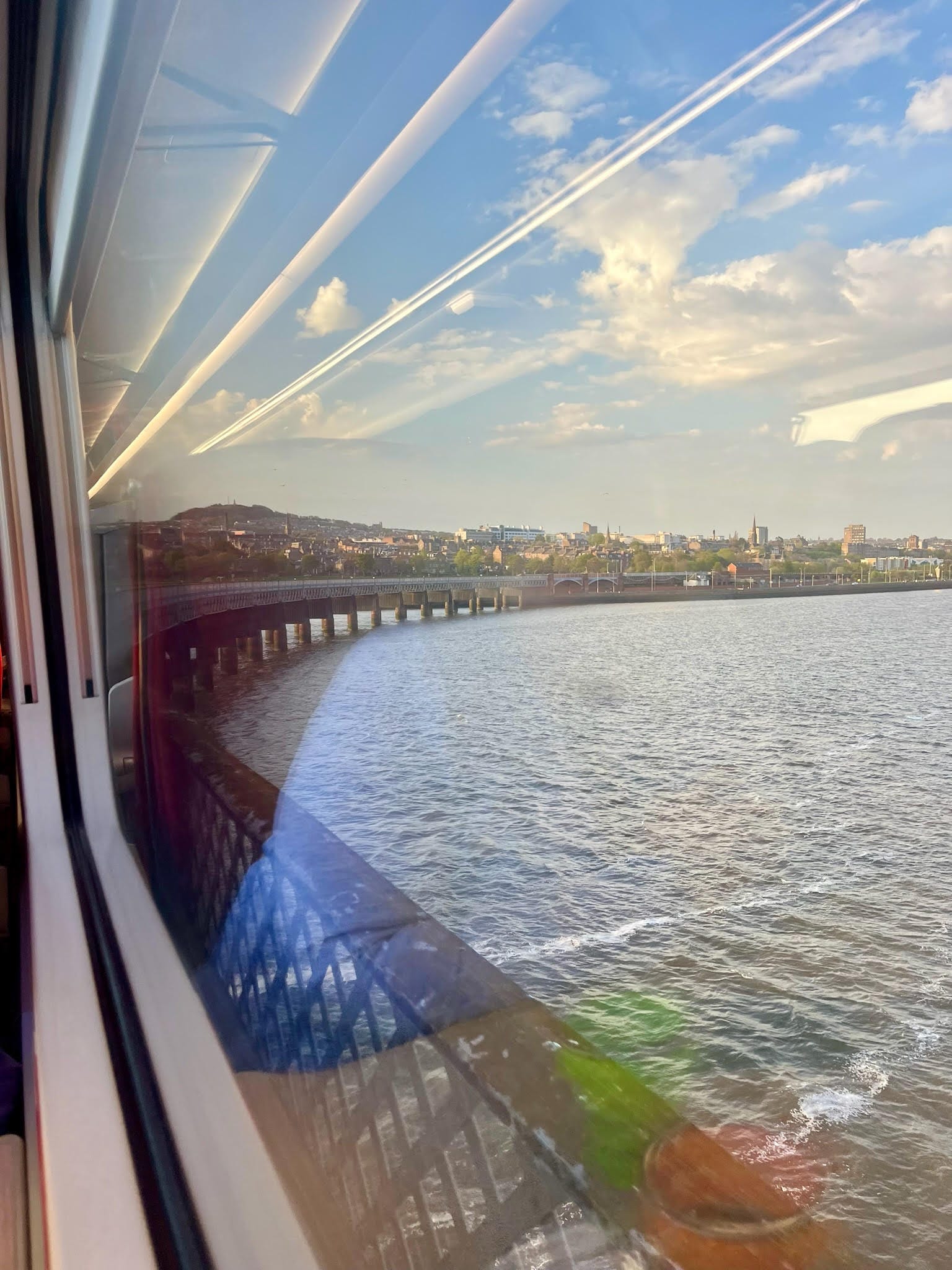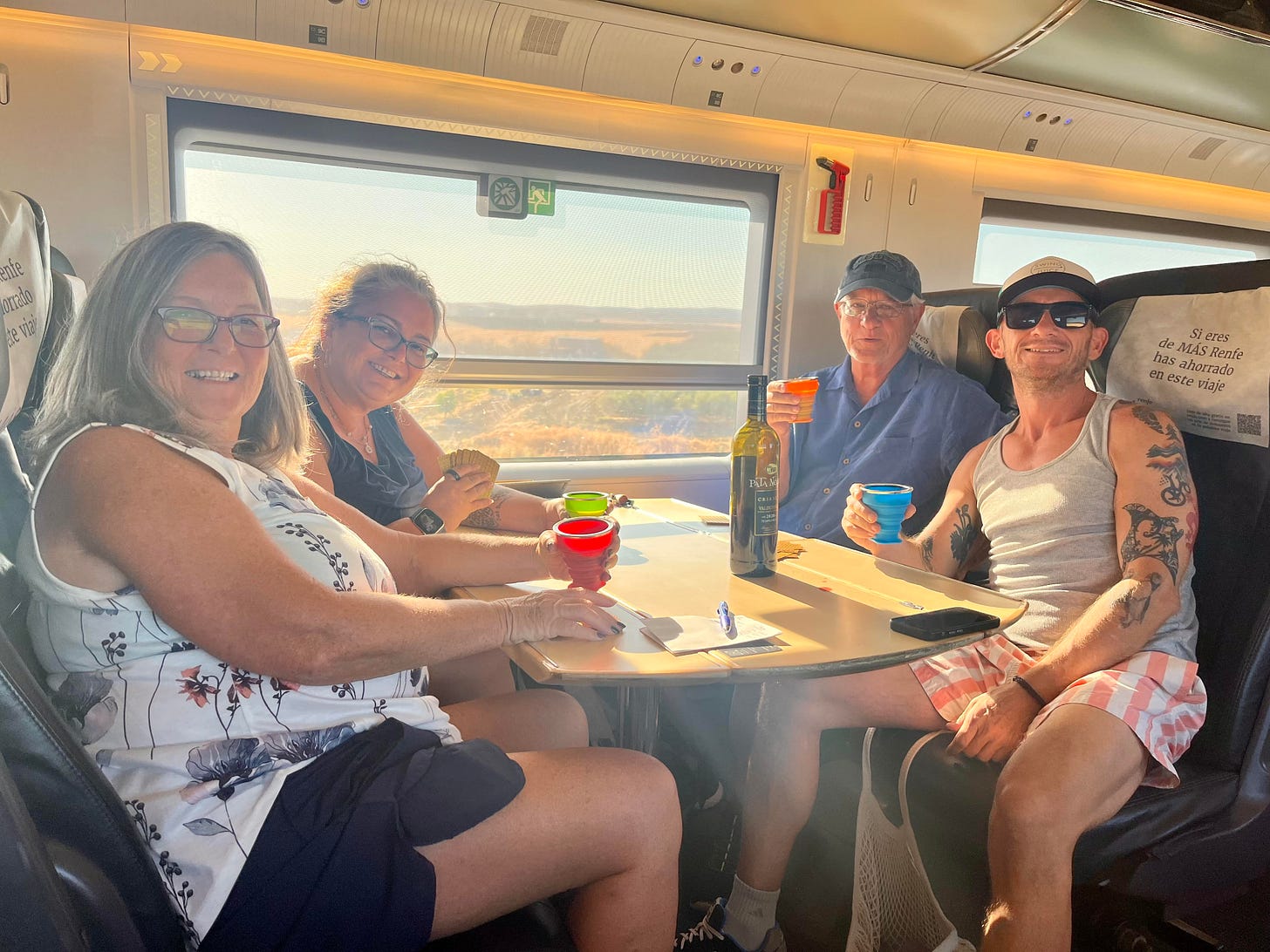Rail Passes
Getting from the hub to the spokes
Once you are all tucked away in your cozy home-away-from-home in the hub city, the next step is to begin exploring the larger area around it. The “spokes” or excursions of your Cruise by Land will allow you to strike out in any direction to see the sights and landmarks in many other far-flung places by taking day trips by train.
We’ve written before about the extensive and amazing train systems in Europe and the UK. But how do you know which trains to take to get to your destinations, and how do you pay for them? Luckily, there are rail passes that allow non-European citizens, like Americans, to pre-purchase a pass for a certain number of train days to be used, normally, within a month of your arrival. A “train day” is just any 24-hour period during which you are allowed to ride as many trains as you need to get to, and back from, any location within the covered area. In Western Europe, these are called Eurail passes, in Scotland they’re Scotrail, and in Britain they’re called Britrail.
Although there are many different rail carriers (companies operating trains), rail passes are generally good for all of them, or at least all the high-speed, long-distance ones. Once you have identified the country or countries you are planning to visit on excursions and how long you are planning to stay, you can choose what type of train pass to purchase and for how many days. This can all be done online, and passes must be purchased before you travel overseas.
Remember, you don’t have to know the exact cities you intend to visit before you buy the passes. You’re not buying tickets for any specific train or destination, just for some number of days of train travel. Once you buy a pass online, it is generally valid for up to a year before you have to activate it. After activation, you must use all the travel days within the next 30 days. We normally activate our passes the night before our first excursion.
Read the appropriate website (see links above) to determine exactly what the coverage area and terms are for the different types of passes. For example, in the EU, a Global Pass works great if your hub is in a smaller country like Belgium because it allows you to travel anywhere in thirty-three countries around Europe. A one-country pass is what we purchase for the larger hub countries like Spain and Germany, where we intend to mostly explore within that one country.
Also, look at the pass benefits and discounts. Some of the one-country passes let you travel to border cities in surrounding countries. For example, the France pass lets you travel to Strasbourg, Germany or Basel, Switzerland. There are often discounts available for children, youths, and seniors.
The next decision is how many excursion days to purchase. Most passes offer 3, 5, 8, or 15 days of travel within a 30-day window. Obviously, if you plan to stay only a week or two overall, you don’t want to be traveling every single day. Our general rule is to allow at least one day of rest and exploration in the hub city between excursions. Not everybody can afford to take a full month off to explore Europe, but if you can, we highly recommend it. The time and energy required to endure the transatlantic flights to and from are such that you really want to take full advantage of your stay. Since retirement, we usually stay a full month and purchase the eight-day pass so we can really experience the country or countries we are exploring.
Be aware that the rail pass day is like a ticket for any train in any direction for a single day. You can decide at the last minute where you want to go. If a train is delayed or canceled (this happens, but not often in our experience), just hop off at the next stop and go someplace else. Some of our most memorable excursions have been to places we didn’t even know existed before the day of travel.
For example, during a recent trip to France, we set off one morning on a planned excursion to Normandy, but there had been a rainstorm that flooded out one of the tracks. So we picked a different destination on the Normandy coast, more or less at random. We ended up at the twin cities of Deauville and Trouville, which are separated by a narrow spit of ocean. They were both fascinating places to visit. And the food was fantastic (Jim had the best clams in cream sauce any of us has ever had).
Some train routes require reservations before boarding, in addition to the ticket covered by your rail pass. Usually, these are required only for some high-traffic and/or busy hours. Unlike a pass/ticket, which permits you to get on any train, a reservation comes with a seat assignment too. Reservations can also be purchased online, and we usually do that a night or two before our excursion. There is an additional cost for a reservation, but it’s typically minimal, 10 or 15 euros, perhaps.
One other thing about the train passes: there are first-class and second-class ticket packages. We usually get the first-class tickets because it is not that much more money, and it comes with benefits such as quieter cars, bigger seats, and four seats together with a table. We like bringing wine and snacks and playing cards on longer train trips so we can reserve the table area in a first-class coach. It’s not as exclusive as it sounds, though — every coach and every seat are usually quite comfortable.
For the cities we want to visit that are closer to our hub, we will sometimes purchase local train tickets and save our high-speed excursions for longer trips. Our general rule is not to pick a city that is farther away than 3 hours by train. We find this works best for our Hub and Spoke traveling because we can be in a new city by around 10 am and then also be back to our home base by 8 or 9 pm.
This makes for a great experience discovering the different regions of a country. And since the high-speed trains travel up to around 200 Mph (300 Kph), that still allows us to go from, say, Edinburgh to Inverness in the north or Newcastle-upon-Tyne in the south and still be back at home base for a late dinner
.





